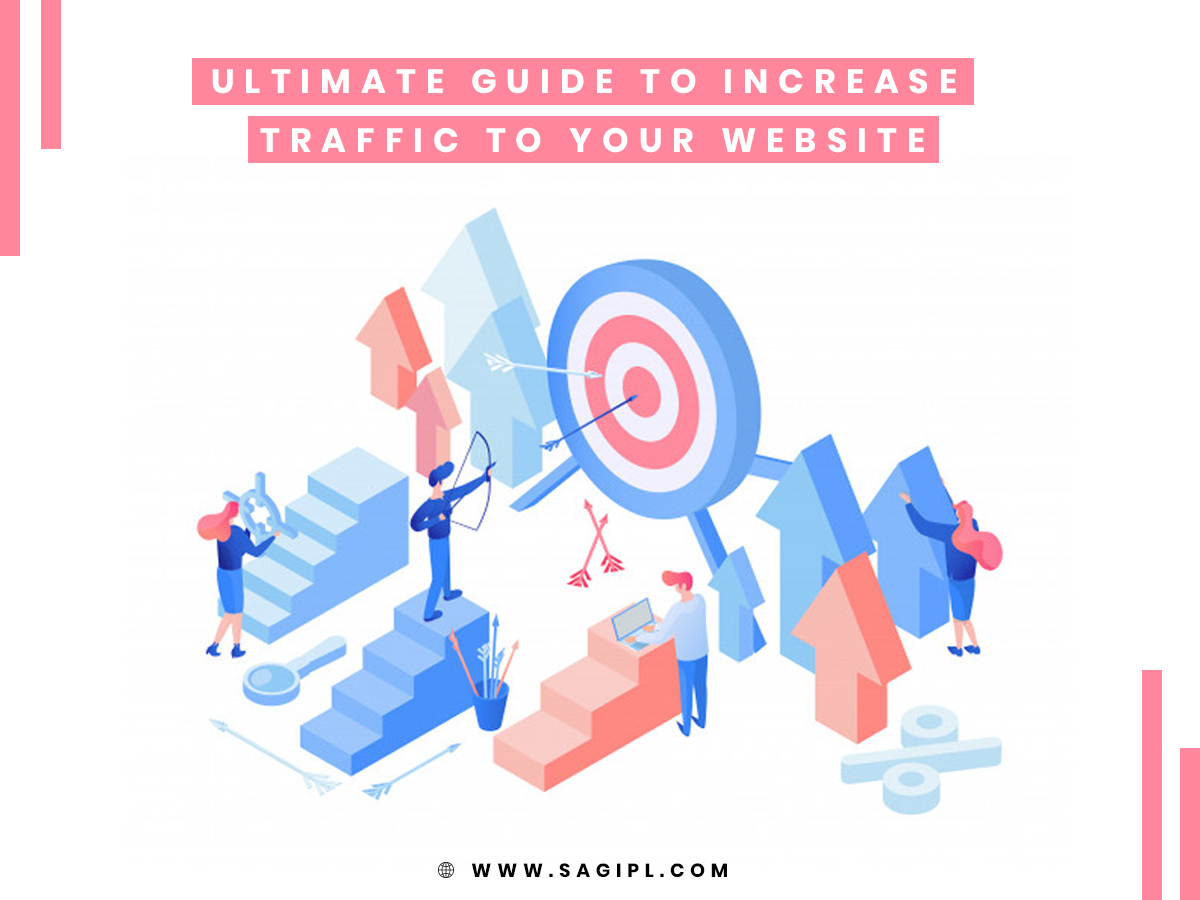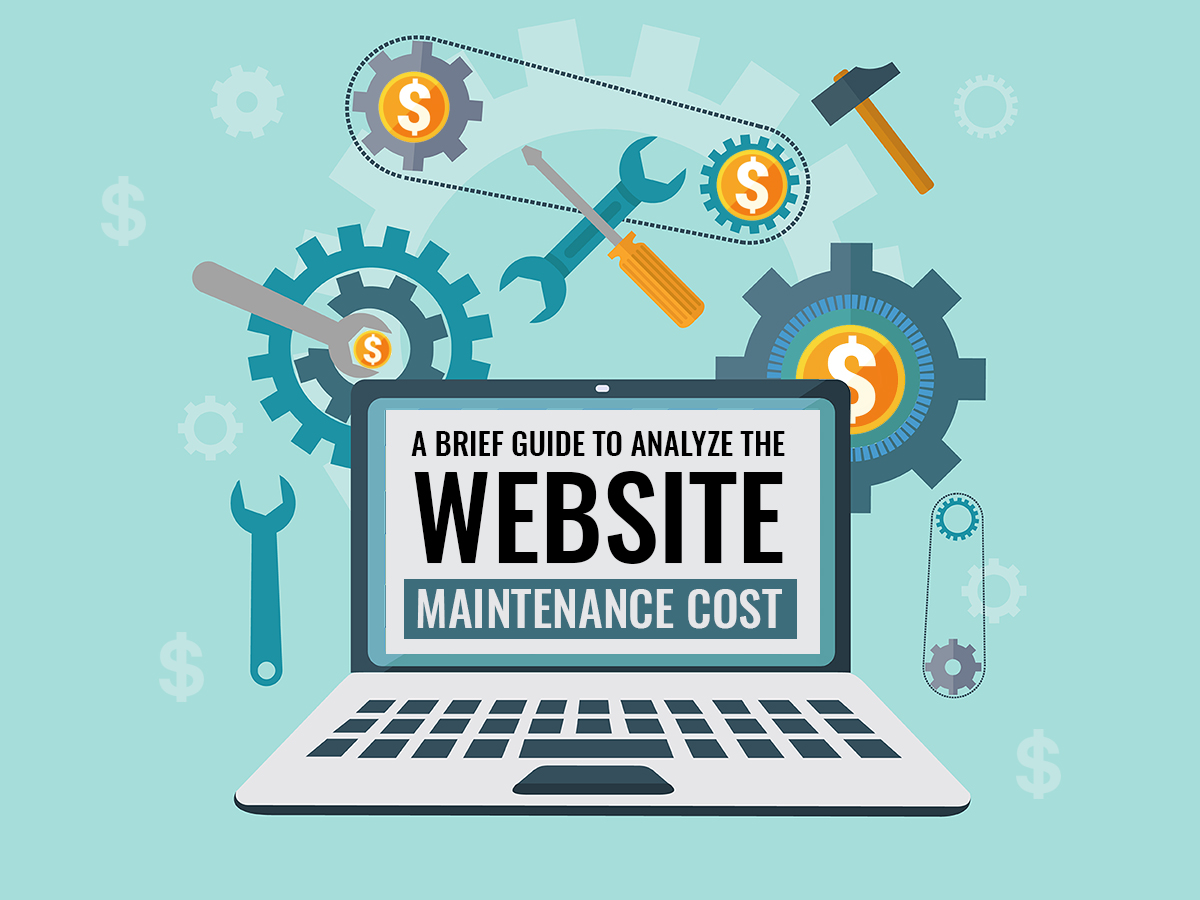Website statistics are detailed reports of the visitors to your website that contain the details of visits, behaviour, page visits, popular pages, sources of visits, referrals, etc. There are a number of free and paid tools online that can help you keep track of your website visitors. In this article, we will try to understand how these web statistics work and how people actually view a website in 2024.
Website stats employed by most analytics tools out there work on the cookie concept. A cookie is assigned to each visitor of your website, which helps identify them and keep track of their activity on the website.
A good website statistics tool, such as Google Analytics, will also give you detailed numerical and graphical reports of website usage, data stats, traffic, access, navigation and clickstream data illustrating the movement of visitors from page to page on your site.
Why is Web Statistics Important?
The ultimate aim of the use of web statistics is to measure the various aspects of the website from the users’ point of view so that a dedicated SEO company can improve the things that need to be improved on the website to make it more friendly to the users and the business.
Here are a few other things website statistics tell you.
- Which landing pages on your website are the most popular or most converting? – So that you can make other pages like these.
- How is a recent change on your website affecting the behaviour of the site visitors?
- How much of your marketing efforts are really working? – So you can change the campaigns if needed.
- How many visitors or customers are returning to the website for more
- What are users searching for on your website?
- The user experience on the site
- Bounce rate, etc.
The most important web statistics you should know about include:
Unique Visitors – The number of unique people that visited a website in a month or so.
Unique Visits – The number of times these visitors collectively visited. Some people might have visited more than once.
Pages – How many pages were visited by all visitors during this period?
Countries – Source of traffic coming to your website
Incoming Links – Source of backlinks coming to your site
Search Engines – Which search engines are your major source of traffic
Robots – The number of times search engine robots are checking/crawling your website for new content
Duration – The average time spent by people on your website. The more time they spend, the higher the quality of your site.
Keywords and Keyphrases – What keywords are working best for your site, driving the most traffic, leads and conversions?
Your Website from the Visitor’s Point of View
Here’s how people view a website, in general, irrespective of the site design or purpose.
The Most Priority Areas on the Site
As you can imagine, most users will start at the top of your site, unless they are looking for some specific information such as contact details given at the bottom of the site. The website logo, present in the top left corner, is usually the first of the things to be viewed by a user.
According to the Nielsen Norman Group, the average brand recall for left-aligned logos was 39% as opposed to 21% for the right-aligned version.
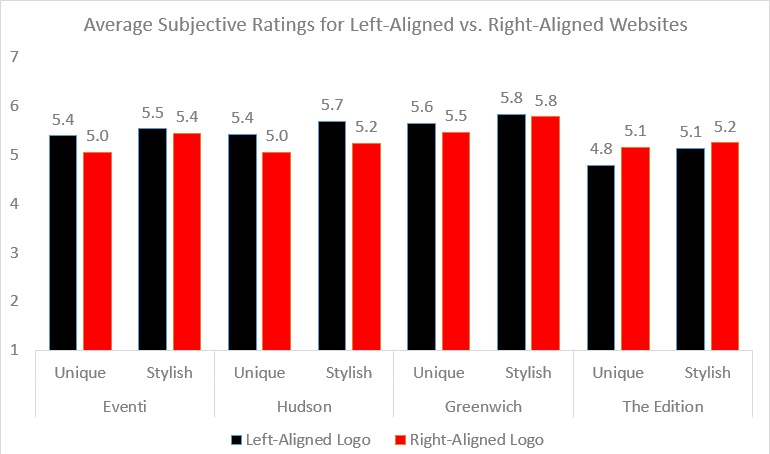
Tip: Make your website logo attractive, relevant and creative. Keep the most valued items in the top area of your site.
Apart from the logo, the website menu, header, and title are also the first ones to be seen by a visitor. After that, the user moves to the content part.
The least Priority Areas
The right sidebar (in most cases) and the bottom part are the least visited areas of the website. The bottom area is usually hidden from the plain view and is less frequently visited.
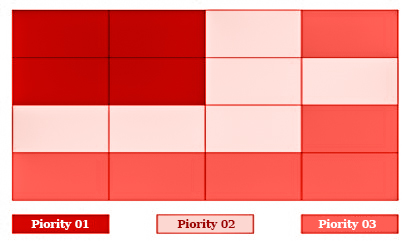
The sidebar is viewable but not many users pay attention to it unless it has something special to show.
The Website Scanning Pattern
According to a study, only about 28% of the text on a website is read when visitors scan the content for the information they are looking for. The scan is usually performed in an F-shaped pattern.
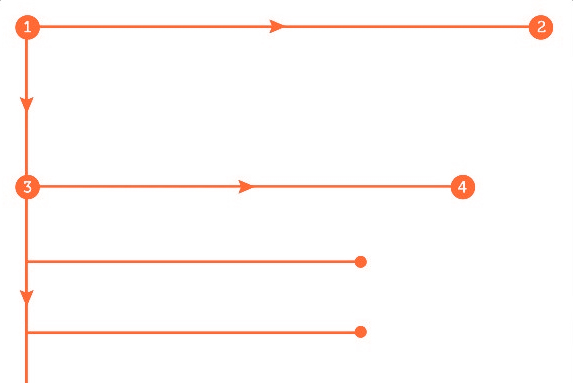
This is why the menu is placed either top horizontally or left vertically on most websites. It is therefore important to keep the important content at the top.

Bigger Introductory Text Get More Attention
Make the introductory paragraph of your content big and bold from the rest of the content in order to draw more attention to the content. Visitors are known to pay more attention to the content of a boldface introduction paragraph.
The lines of the paragraph must be sorted and written in a single column, preferably accompanied by a relevant image on the other side.
Tracking of Google Search Results
Wondering how people decide which link to visit from Google’s search results?
Normally, the top five links in search results get about 75% of the overall traffic. So if your website is ranking after that or on other than the first result page, you are losing out.
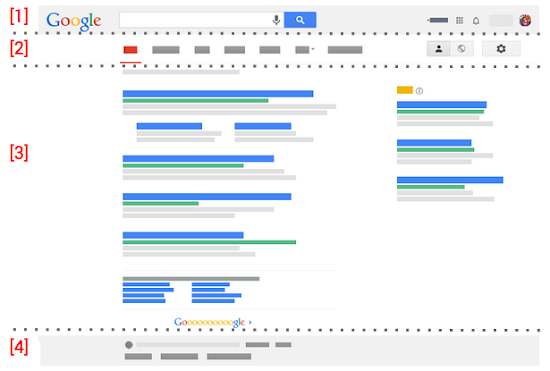
The thing is that Google’s search algorithms are so efficient that users find what they are looking for in the first few results and need not go beyond that. It is time to start using some SEO strategies to get the top ranks in Google.
Call to Scroll
While many users prefer it to find what they are looking for in the first one or two paragraphs of the content, they do not hesitate to scroll down in search of more information. Keep the most important part of the content above the fold, but also make healthy use of the scrolling feature.

It is advisable to put a “Scroll for more” button in the bottom right corner to persuade users to scroll and look below. The bottom of the page also usually gets enough attention if it has good content. This is also a good place to put your call to action.
Left to Right Scan
The content on the left side of the page is known to get more attention than what is on the right. The reason is that people usually read from left to right. This is why it is a nice idea to put the sidebar on the left side of the page if it needs more attention than the content.
According to research, close to 70% of the time spent by users on a website is on the left side of the pages. Take the example of Amazon which implements a left-side vertical menu, which is doing pretty well them.
Attractive, Engaging Web Design Attracts Visitors More
As pointed out in many web design stats, the mood of the visitors of a site gets quickly off if they see a shabby, unresponsive design and sluggish performance of a site. Users of a site love to spend time on a site that has an eye-catching design, animations, and images and delivers information in an easy, understandable manner.
Here are a few other things to note about the tracking of user behaviour on your website.
– High-quality images attract more attention. Images with real people are more inviting and personal. Avoid using small, blurred images on your site. Big pictures get more views than small ones.
– A study shows that text is preferred by users over pictures.
– Big titles and headlines are able to draw more user attention, especially when put in the upper left corner of the page.
– Most readers do not view the banners.
– It takes less than a second for users to form a first impression of your site.
– The logo and main navigation menu are usually the most popular and viewed areas of the site.
– Readers do not like fancy fonts. Simple and clear fonts are preferred.
– Most people ignore large paragraphs of the content. Short paragraphs look clean and beautiful and are easy to read.
– Place your ads on the top or left side of the page, as these parts get the most views.
– Lists are easier to read and focus on than large paragraphs.
Follow these tips to improve the way your visitors view and use your website. Make use of web statistics tools such as Google Analytics to keep a healthy track of your site visitors.
Need a hand with website analytics or SEO of your site? Contact us to get a free SEO analysis done for your website or get a quote now.

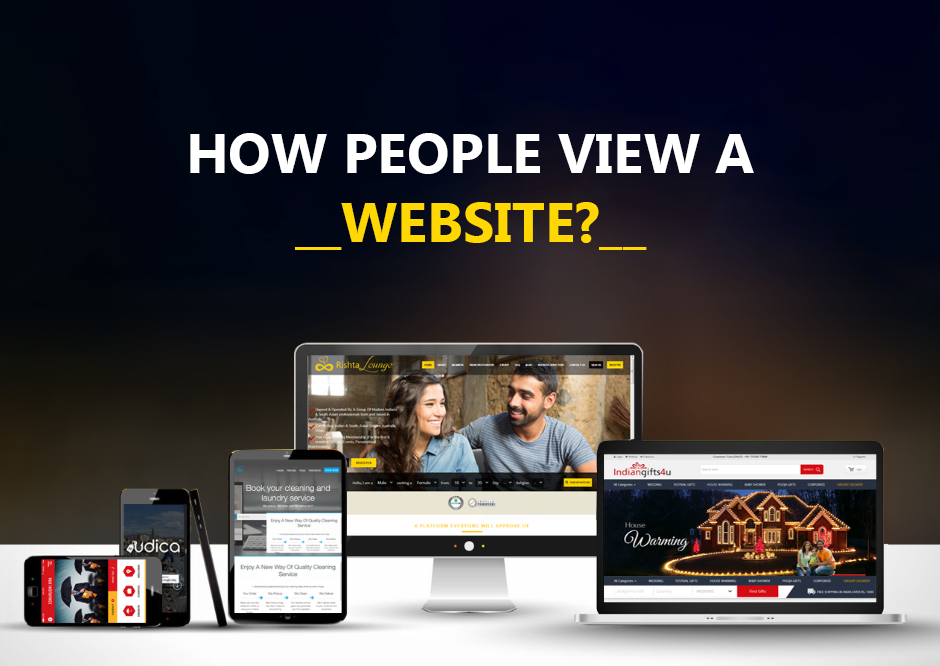
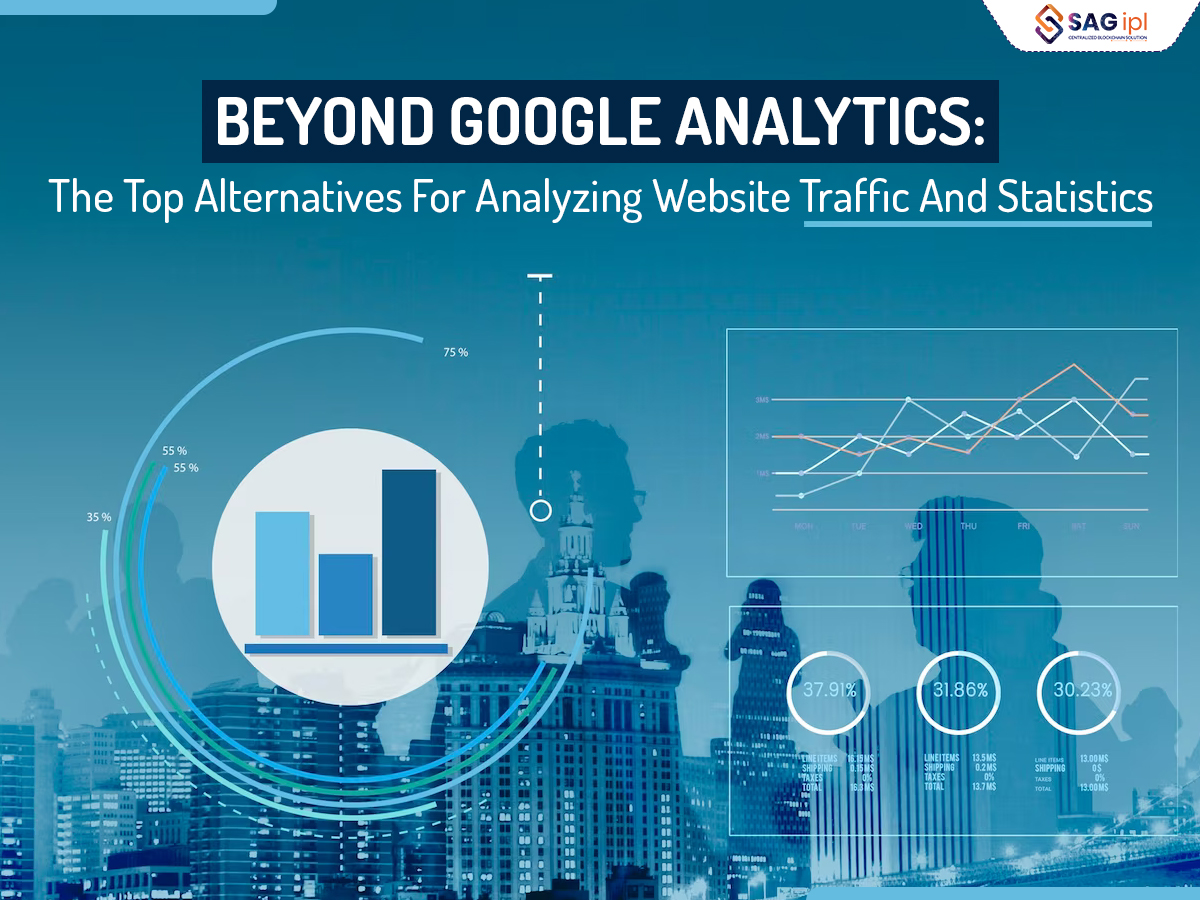
![Mobile-Friendly Website to Increase Business Leads [2024] Mobile-Friendly Website](https://blog.sagipl.com/wp-content/uploads/2023/07/Mobile-Friendly-Website-250x150.jpg)


